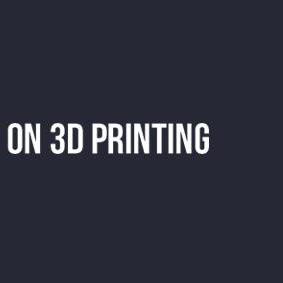


The Authority on 3D Printing: news & information, industry reports, business directory, job board, video news and more.
193 أشخاص أعجبو بهذا
0 المنشورات
0 الصور
0 الفيديوهات



